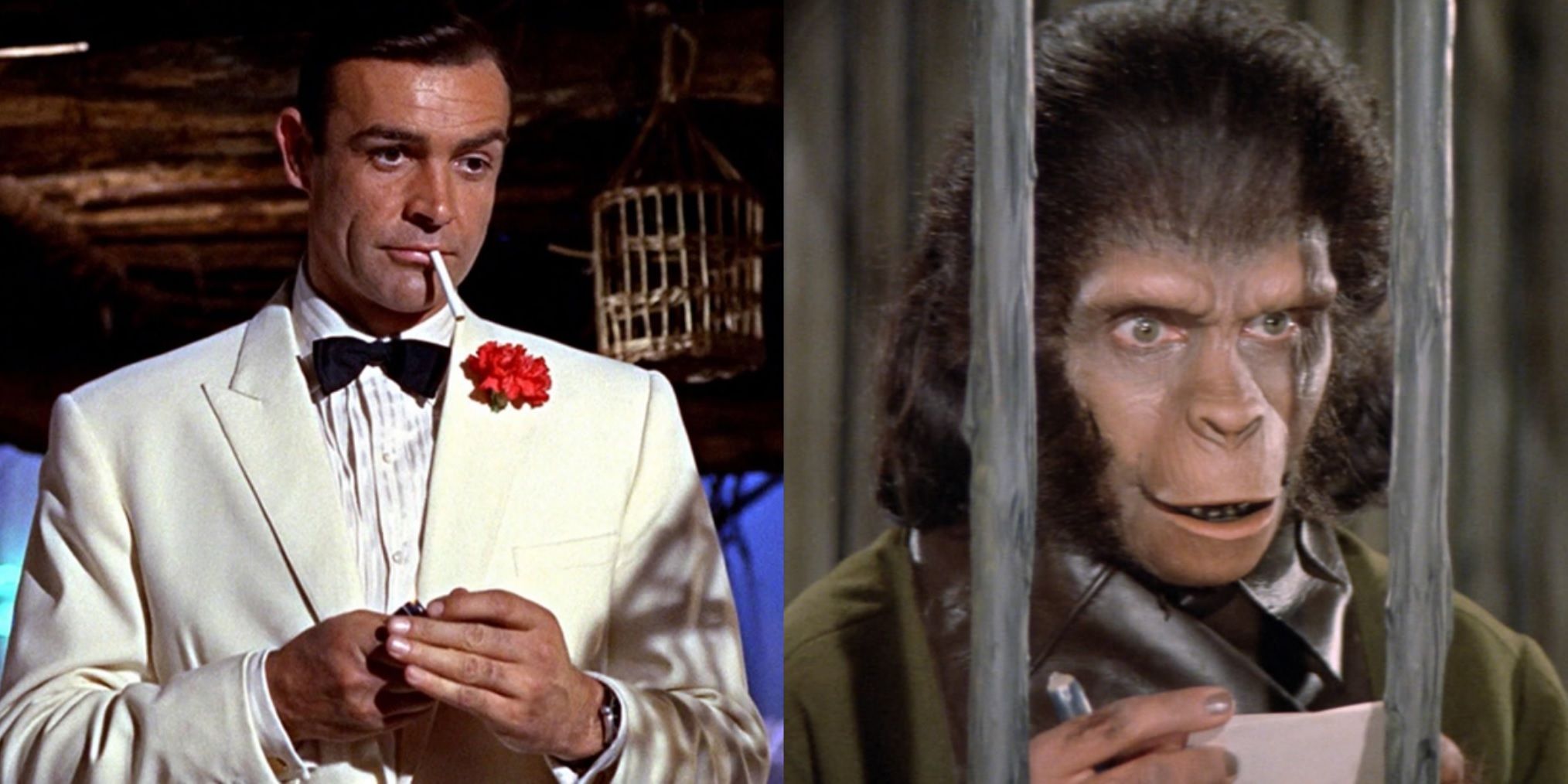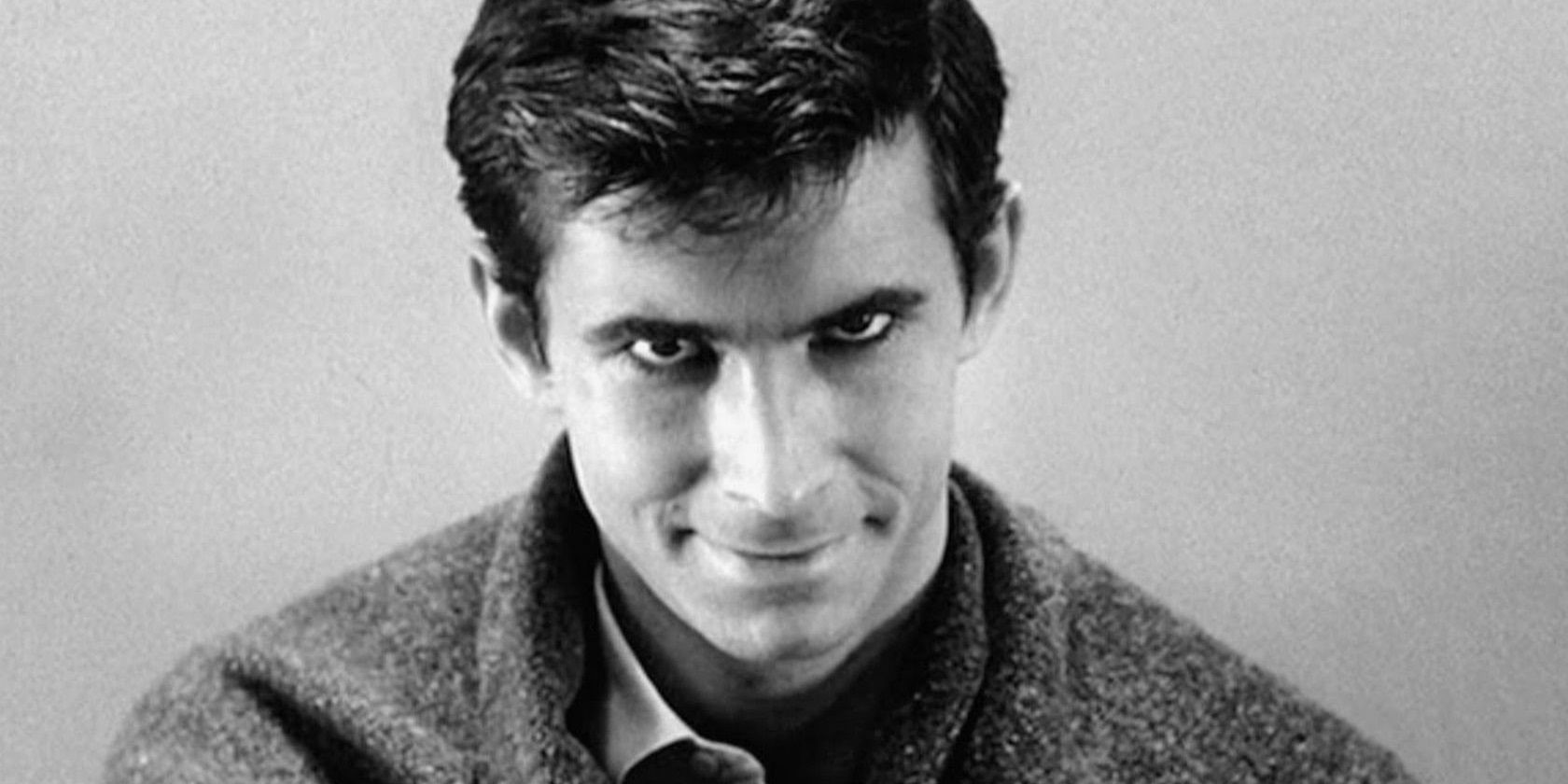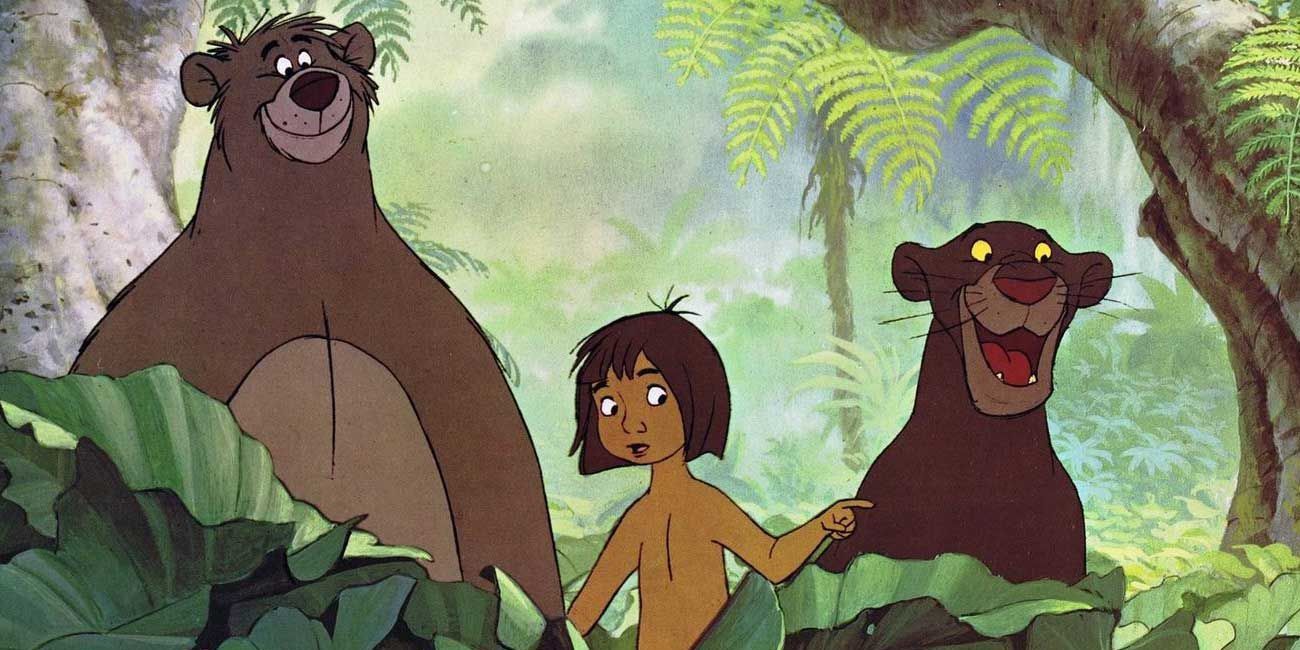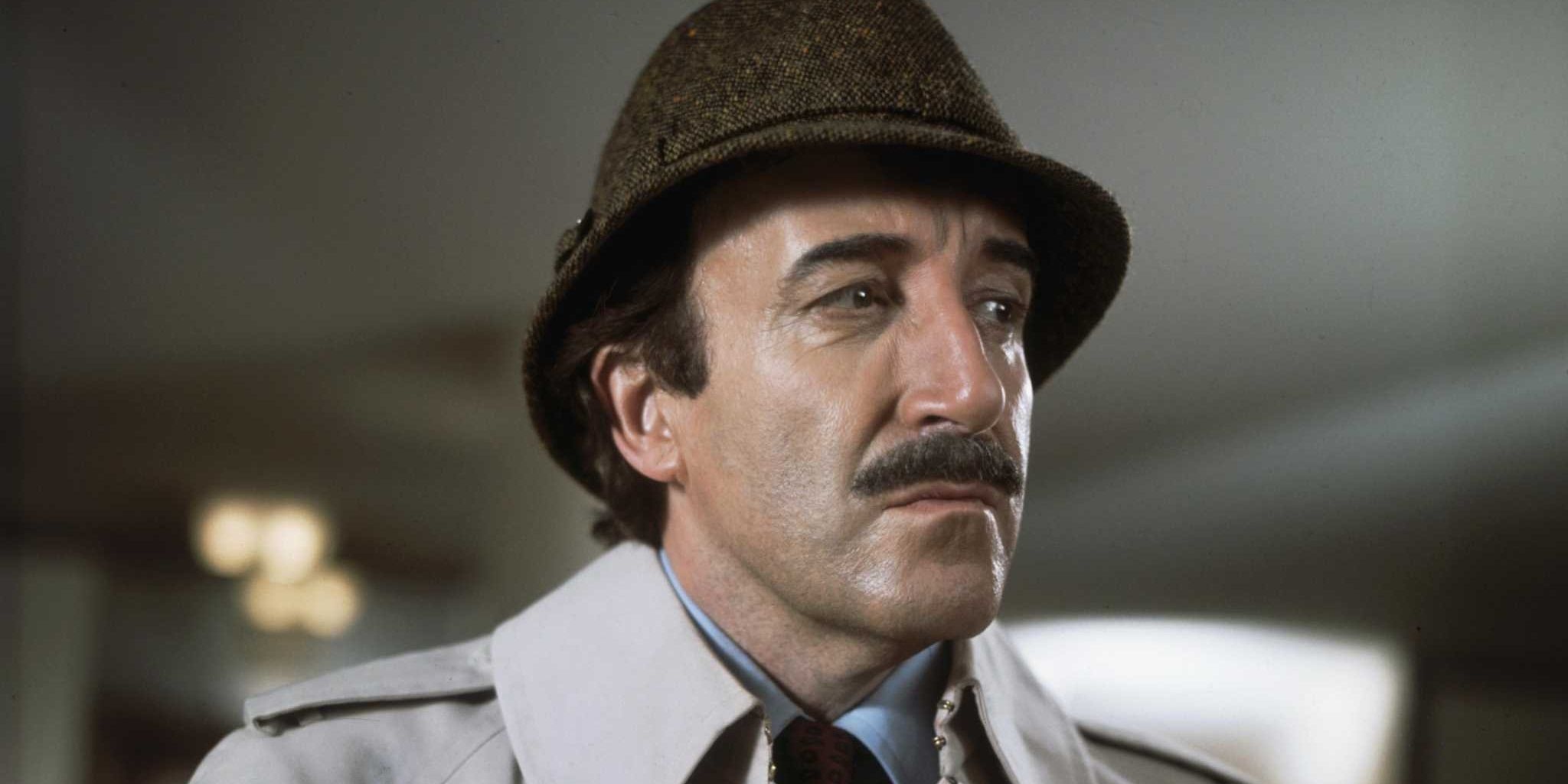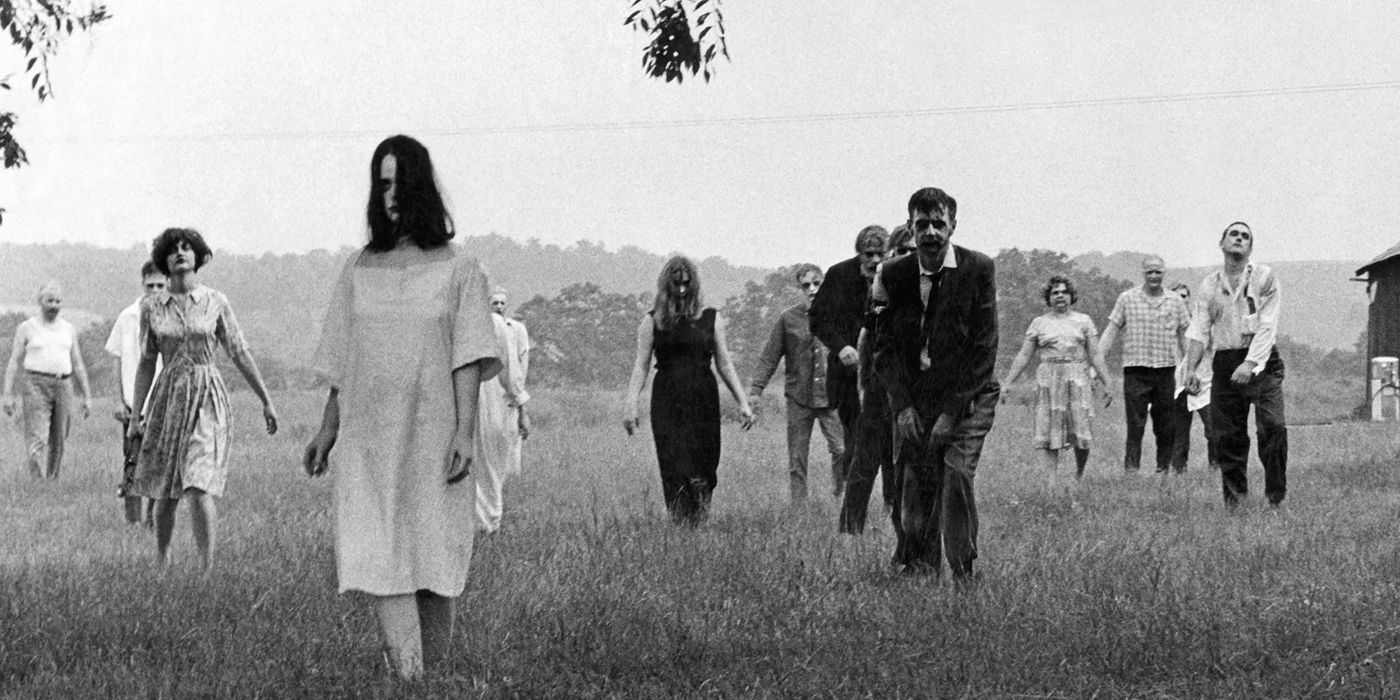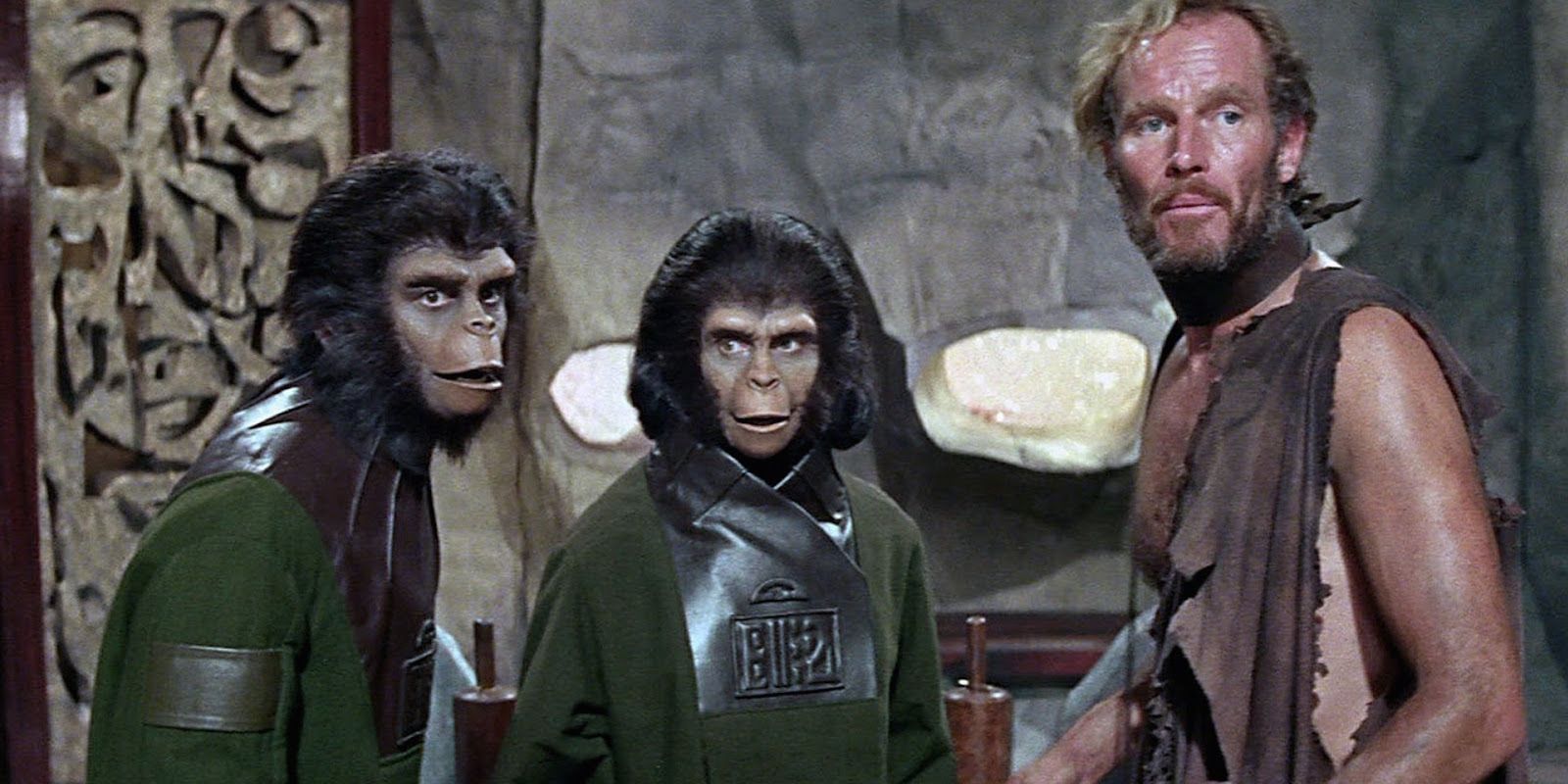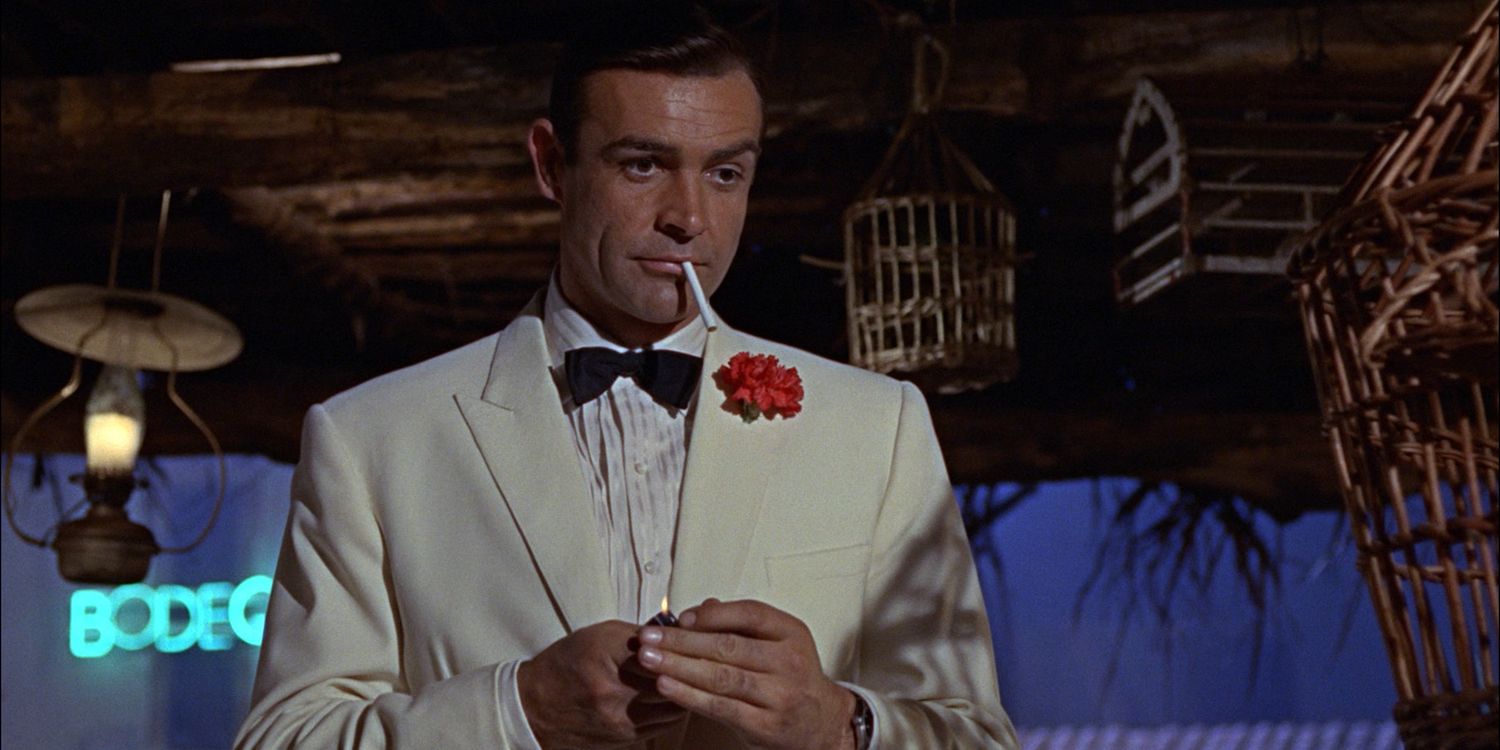As shared universes like the MCU and the DCEU continue to dominate multiplexes, moviegoers tend to think of franchises as a modern phenomenon. Some audiences decry the onslaught of sequels and the lack of original stories. But franchises are nothing new in the cinematic landscape. Going back to James Bond’s globetrotting spy missions and tales of a post-apocalyptic world populated by talking apes, franchises have been around since the 1960s.
From the slapstick antics of the bumbling Inspector Clouseau to the zombie-infested thrills of George A. Romero’s indie horror classics, some of the most beloved franchises in movie history got started in the ‘60s.
Psycho
Alfred Hitchcock’s black-and-white thriller masterpiece Psycho is widely regarded to be the first traditional slasher movie ever made. The midpoint shower murder is praised as one of the most terrifying and iconic horror movie moments of all time and Anthony Perkins’ identity-swapping serial killer Norman Bates is often ranked alongside Darth Vader and the Wicked Witch of the West as one of cinema’s greatest villains.
Like most horror franchises, the classic original is let down by a few disappointing sequels. But the film’s first follow-up, 1983’s Psycho II, is a fiercely effective thriller with a dark sense of humor and a surprisingly human portrayal of Bates. Richard Franklin, one of Hitchcock’s filmmaking students, made his directorial debut with the sequel. It’s not as great as the first one, for obvious reasons, but it’s a lot better than a sequel to Psycho has any right to be.
The Jungle Book
One of Disney’s greatest animated musicals, The Jungle Book, was released to positive reviews in 1967. The movie introduced some of Disney’s most iconic characters, like Mowgli, Baloo, and Shere Khan, not to mention unforgettable musical numbers like “The Bare Necessities” and King Louie’s “I Wan’na Be Like You (The Monkey Song).”
The Mouse House followed up the classic original with a live-action remake in 1994, an animated sequel in 2003, and a second live-action remake in 2016. The latter, directed by Jon Favreau, managed to satisfy fans of the original with gorgeous visuals and tightened-up storytelling.
The Pink Panther
Blake Edwards’ original Pink Panther movie from 1963 was an ensemble comedy featuring such stars as David Niven, Claudia Cardinale, and Robert Wagner. But despite the star power around him, Peter Sellers easily stole the show as the bumbling Inspector Clouseau.
Throughout the ‘60s and ‘70s, Edwards and Sellers reteamed for four Clouseau-centric Pink Panther sequels leaning heavily on slapstick humor, including A Shot in the Dark and The Pink Panther Strikes Again. The series also includes a few unofficial sequels, a couple of movies produced after Sellers’ death, and a reboot starring Steve Martin as Clouseau.
George A. Romero’s Dead Series
George A. Romero revolutionized both independent cinema and the horror genre with his groundbreaking, masterfully crafted debut feature Night of the Living Dead in 1968. With its story of survivors hiding out from hordes of the flesh-eating undead, Romero’s movie defined the modern zombie and birthed a horror subgenre of its own.
A decade later, Romero left behind the rural setting of Night of the Living Dead and looked at the same apocalypse in an urban environment in the 1978 sequel, Dawn of the Dead, a satire of consumerism in which the survivors hole up in a shopping mall.
While Night of the Living Dead and Dawn of the Dead are the only universally acclaimed masterpieces in the series, Romero later revisited his zombie apocalypse in Day of the Dead, Land of the Dead, Diary of the Dead, and Survival of the Dead.
Planet Of The Apes
The 1968 sci-fi classic Planet of the Apes begins with three astronauts arriving on a strange planet full of talking apes. As the iconic Statue of Liberty twist reveals, this planet is actually a dystopian future version of Earth in which hyperintelligent apes have risen up and wiped out humanity.
The movie was such a huge box office hit that it launched a series of wordily titled sequels exploring this ape-filled post-apocalyptic world, including Beneath the Planet of the Apes, Escape from the Planet of the Apes, and Conquest of the Planet of the Apes.
James Bond
Long before the MCU was known for its familiar formula involving one-off villains, quotable quips, romantic subplots, and a big climactic battle sequence, the James Bond franchise was renowned for all the same things. Starting with Dr. No in 1962, the Bond series has been providing audiences with pure spy-fi escapism for over half a century.
Throughout the ‘60s, Sean Connery’s 007 faced such iconic villains as Auric Goldfinger, Red Grant, and the big bad himself, Ernst Stavro Blofeld. Over the years, the role of Bond has been filled by George Lazenby, Roger Moore, Timothy Dalton, Pierce Brosnan, and Daniel Craig.
With the massive critical and commercial success of No Time to Die, it’s clear that audiences still enjoy Bondian escapism and this franchise isn’t slowing down any time soon. Now that Craig’s tenure has come to an end, Bond is due another radical reinvention with a new actor in the role.

